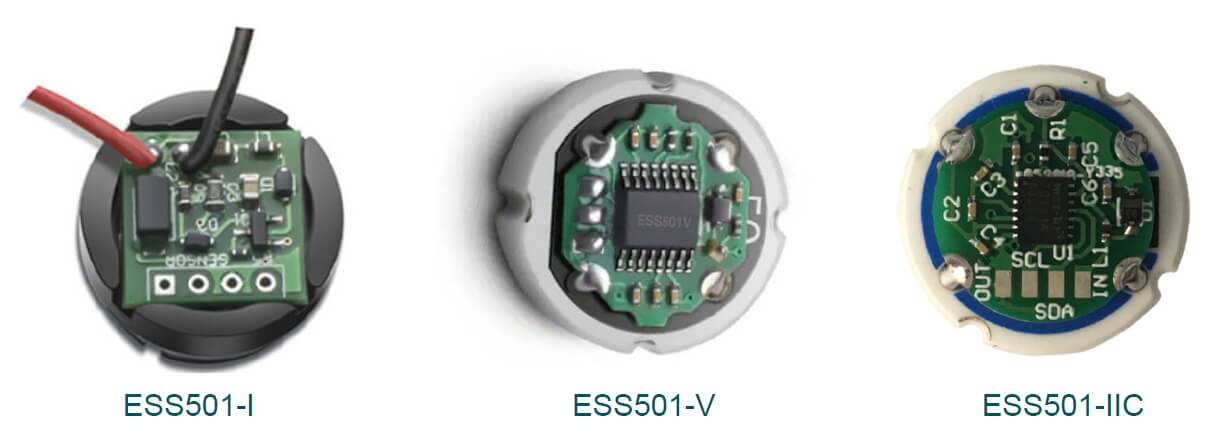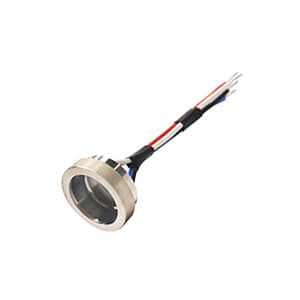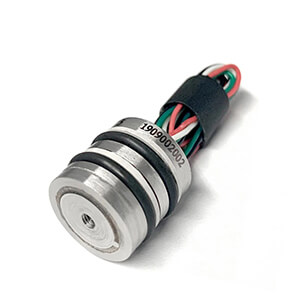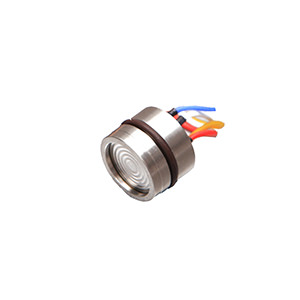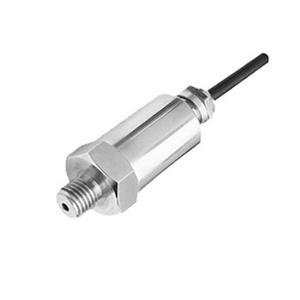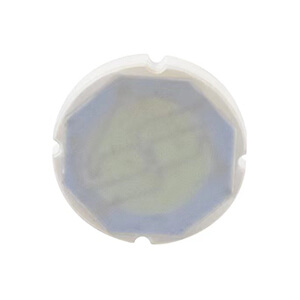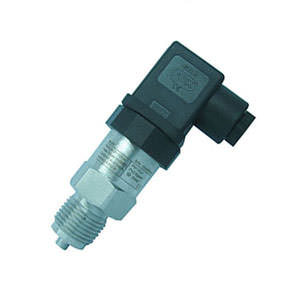Introduction
The relationship between a pressure sensor’s range and its accuracy is an important factor to consider in the design and selection of such devices. To understand this relationship, it’s necessary to first define what we mean by “range” and “accuracy.”
Pressure Range
Range refers to the minimum and maximum pressure that a sensor can measure. This is usually expressed in units like Pascals (Pa), pounds per square inch (psi), or atmospheres (atm).
In view of technical, different sensing element can decide different pressure range, you can find below table, which worked out by Eastsensor engineers.
Pressure range table based on different sensing technology
| Pressure Sensing Technology | Model | Item | Accuracy | Range-min | Range-max |
|---|---|---|---|---|---|
| Silicon piezo-resistance (Diffused) | ESS319-7 | Pressure sensor element | 0.1%-0.2%/F.S | 0bar | 0.07bar |
| Silicon piezo-resistance (Diffused) | ESS319 | Pressure sensor element | 0.1%-0.2%/F.S | 0.1bar | 1000bar |
| Silicon piezo-resistance (Thick-film) | ESS315 | Pressure sensor element | 0.1%-0.2%/F.S | 0bar | 1500bar |
| Silicon piezo-resistance (Diffused) | ESS320 | Pressure sensor element | 0.1%-0.2%/F.S | 0.1bar | 25bar |
| Silicon piezo-resistance (Diffused) | ESS320 | Pressure sensor element | 0.1%-0.2%/F.S | 0.35bar | 35bar |
| Silicon piezo-resistance (Diffused) | ESL040 | Submersible level probe | 0.1%-0.2%/F.S | 3000mm H2O | 300m H2O |
| Metal Capacitance | ESS343 | Pressure sensor element | 0.25%-0.5%/F.S | 200pa (0.2kpa) | 200bar |
| Metal Capacitance | ESS343 | Pressure sensor element | 0.25%-0.5%/F.S | 200pa (0.2kpa) | 250bar |
| Metal Capacitance | EST4300 | Pressure transmitter (Smart) | 0.1%-0.2%/F.S | 300pa (0.3kpa) | 200bar |
| Silicon piezo-resistance (Monocrystalline) | EST4300M | Pressure transmitter (Smart) | 0.075%-0.1%(>=40kpa) | 200pa (0.2kpa) | 400bar |
| Ceramic Capacitance | ESL046 | Submersible level probe | 0.1%/F.S | 0.06bar | 70bar |
| Ceramic Capacitance | EST340 | Pressure transmitter | 0.1%/F.S | 0.06bar | 70bar |
| Ceramic Piezo-resistance (Thick-film) | ESS501 | Pressure sensor element | 0.5%-1.0%/F.S | 0.5bar | 480bar; 680bar(Flush type) |
| Ceramic Piezo-resistance (Thick-film) | ESS501-I/V-IIC | Pressure sensor module | 0.5%-1.0%/F.S | 1bar | 50bar |
| Ceramic Piezo-resistance (Thick-film) | EST3120 | Pressure transducer | 0.5%-1.0%/F.S | 1bar | 250bar;700bar |
Pressure Accuracy
Accuracy, on the other hand, is a measure of how close the sensor’s readings are to the actual pressure. It’s often expressed as a percentage of the sensor’s full-scale range (FSR), which is the difference between the minimum and maximum pressure it can measure.
To simplify, if a pressure sensor has a range of 0-100 psi and an accuracy of ±1% FSR, that means the readings can be off by as much as ±1 psi since 1% of 100 psi is 1 psi.
Click to check the beginner guide of: Pressure Sensor Accuracy
Relationship between pressure range and accuracy
Now, let’s discuss the relationship between these two parameters.
The accuracy of a pressure sensor is typically specified as a percentage of the full-scale range of the sensor. For example, a pressure sensor with a range of 0-100 psi and an accuracy of 1% would have an accuracy of +/-1 psi within its specified range.
As the pressure sensor operates closer to its maximum or minimum range, the accuracy may decrease. This is because the sensor may be more susceptible to errors or noise at the extreme ends of its range.
For example, a pressure sensor with a range of 0-100 psi and an accuracy of 1% may have an accuracy of +/-2 psi at the upper end of its range (e.g. 90-100 psi) due to increased noise or sensitivity issues.
The resolution of a sensor is the smallest change in pressure it can detect. If a sensor has a larger range, it generally has a lower resolution. This is because the sensor has to spread its measurement capability over a wider range of pressures.
If a sensor is used to measure pressure within a smaller range than its maximum range, the absolute accuracy can be compromised. This is because the error (expressed as a percentage of the full-scale range) becomes a larger percentage of the smaller measuring range.
Pressure Range, Accuracy & Sensitivity Changing Trend
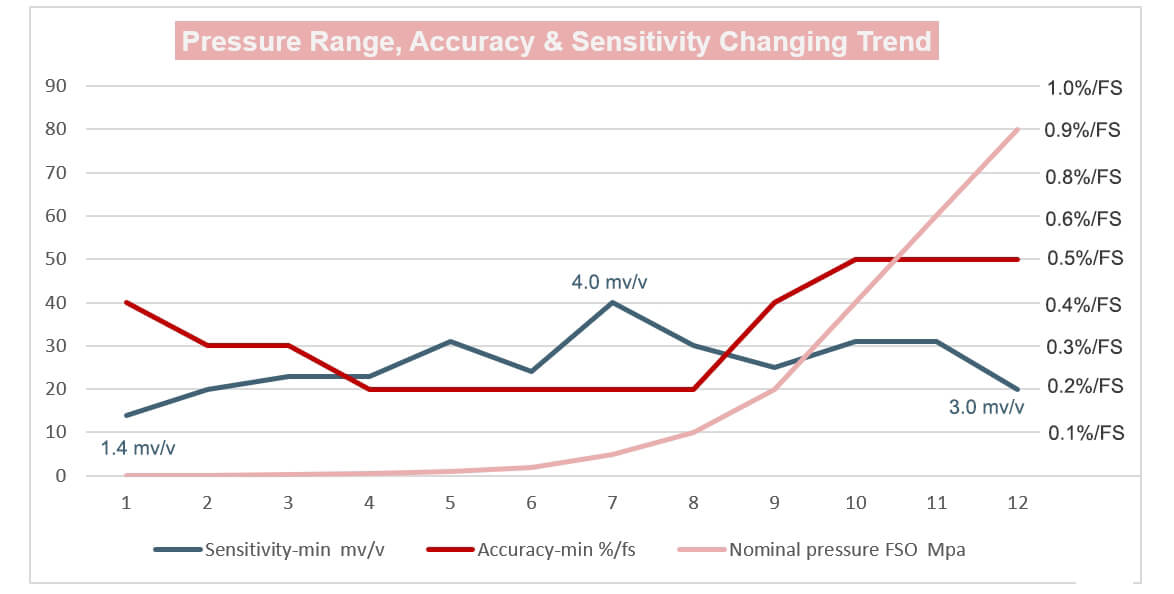
Therefore, it is important to select a pressure sensor with a range appropriate for the intended application to ensure the best possible accuracy. It is also important to consider the environmental factors that may affect the accuracy of the sensor, such as temperature, humidity, and vibration.
Let’s look at an example.
Suppose we have a pressure sensor with a range of 0-1000 psi and an accuracy of ±1% FSR. If we use this sensor to measure a pressure of 100 psi, the absolute error could be as large as ±10 psi.
But if we use a sensor with a range of 0-100 psi and the same ±1% FSR accuracy to measure the same 100 psi pressure, the absolute error could only be as large as ±1 psi.
How to balance between range and accuracy
It’s clear that the range of a sensor can significantly affect its accuracy when used under different conditions. The key is to choose a sensor that best matches the range of pressures you need to measure to ensure the highest possible accuracy for your specific application.
Low Pressure Measurements:
If you’re measuring a low-pressure environment, say, 0 to 10 psi, and you choose a sensor with a range of 0 to 1000 psi and an accuracy of ±0.5% FSR, your potential error could be ±5 psi.
This is half of your maximum measurement! In this case, a sensor with a narrower range, say 0 to 15 psi with the same accuracy of ±0.5% FSR, would reduce your potential error to ±0.075 psi.
High Pressure Measurements:
Now, consider if you’re measuring a high-pressure environment, say, 0 to 2000 psi. If you choose a sensor with a range of 0 to 1000 psi and an accuracy of ±0.5% FSR, you’ll be unable to measure the full pressure range.
However, a sensor with a range of 0 to 2500 psi and the same accuracy of ±0.5% FSR can measure the entire pressure range with a potential error of ±12.5 psi.
Wide Range Measurements:
If you’re measuring pressures that vary widely, a sensor with a broad range is desirable. For example, if the pressures you need to measure range from 0 to 1000 psi, but sometimes you need to measure pressures as low as 10 psi, a sensor with a range of 0-1000 psi and accuracy of ±0.5% FSR will allow you to measure the full range of pressures, though with a potential error of ±5 psi at the lower end of the range.
Precise Measurements:
If your application requires precise measurements, such as in laboratory conditions or critical manufacturing processes, you might need a sensor with a narrow range and high accuracy.
For example, to measure pressures around 150 psi precisely, a sensor with a range of 100-200 psi and accuracy of ±0.1% FSR would provide a potential error of only ±0.2 psi.
What kind of accuracy and range Eastsensor supply?
Our ESS3 series is one of the most popular type based on the state-of-art silicone-piezo-resistive, the pressure range from -1 bar to 1000 bar and 0.1%/FS -0.2%/FS accuracy, for each of specific model, you can find below table, just click each model for details.
| Model | Range | Diameter | Type | Accuracy/FS |
| ESS312 | 0-10bar-1000bar | 12.6mm | G/A/S | 0.1%-0.2% |
| ESS319-7 | 0-0.07bar | 19mm | G | 0.1%-0.2% |
| ESS319 | -1bar-0.1bar-1000bar | 19mm | G/A/S | 0.1%-0.2% |
| ESS319-I2C | -1bar-0.1bar-1000bar | 19mm | G/A | 0.3%-0.5% |
| ESS319T | 0.1bar-30bar(Pressure) | 19mm | G/A/S | 0.25% |
| -104'℉-185'℉(Temperature) | 0.50% | |||
| ESS319I | -1bar-0.1bar-1000bar | 19mm | G/A/S | 0.20% |
| ESS320 | 0-0.35bar-35bar | 19mm | D | 0.1%-0.2% |
| ESS322 | -1bar-0.1bar-1000bar | 28mm | G/A/S | 0.1%-0.2% |
| ESS323 | -1bar-100bar | 19mm | G/A/S | 0.1%-0.2% |
| ESS331 | 0-5bar-100bar | 29.5mm | G/A/S | 0.1%-0.2% |
| ESS332 | -1bar-0.1bar-35bar | 19mm | G/A/S | 0.1%-0.2% |
| ESS350 | 0-0.35bar-60bar | 50mm | G/A/S | 0.20% |
| ESS343 | 0-100pa-400bar | 35mm | G/A/S/D | 0.1%-0.2% |
| ESS01 | 0-2bar-2200bar | 19mm | G/A/S | 0.05%-0.075% |
Our ESS501 series is also the most accepted type pressure sensor which build with thick-film ceramic Al2O3 96%, it is also based on piezo-resistive sensing principle, after dedicated package process, we’ve successfully got the pressure range from 0-50bar; and accuracy of 0.5%/F.S sensor modules for below types:
- ESS501-V: 0.5-4.5V voltage output ceramic thick-film sensor module.
- ESS501-I: 4-20mA current loop output ceramic thick-film sensor module.
- ESS501-IIC: I2C digital output ceramic thick-film sensor module.
Conclusion
In conclusion, the accuracy of a pressure sensor is typically better within its specified range, and may decrease as the sensor operates closer to its maximum or minimum range. Selecting a pressure sensor with an appropriate range for the intended application and considering environmental factors can help ensure the best possible accuracy.
A balance must be struck when selecting a pressure sensor’s range and considering its accuracy. It’s important to choose a sensor with a range that closely matches the pressures it will be measuring to maximize accuracy, but not so narrow that it limits the potential use of the sensor.

